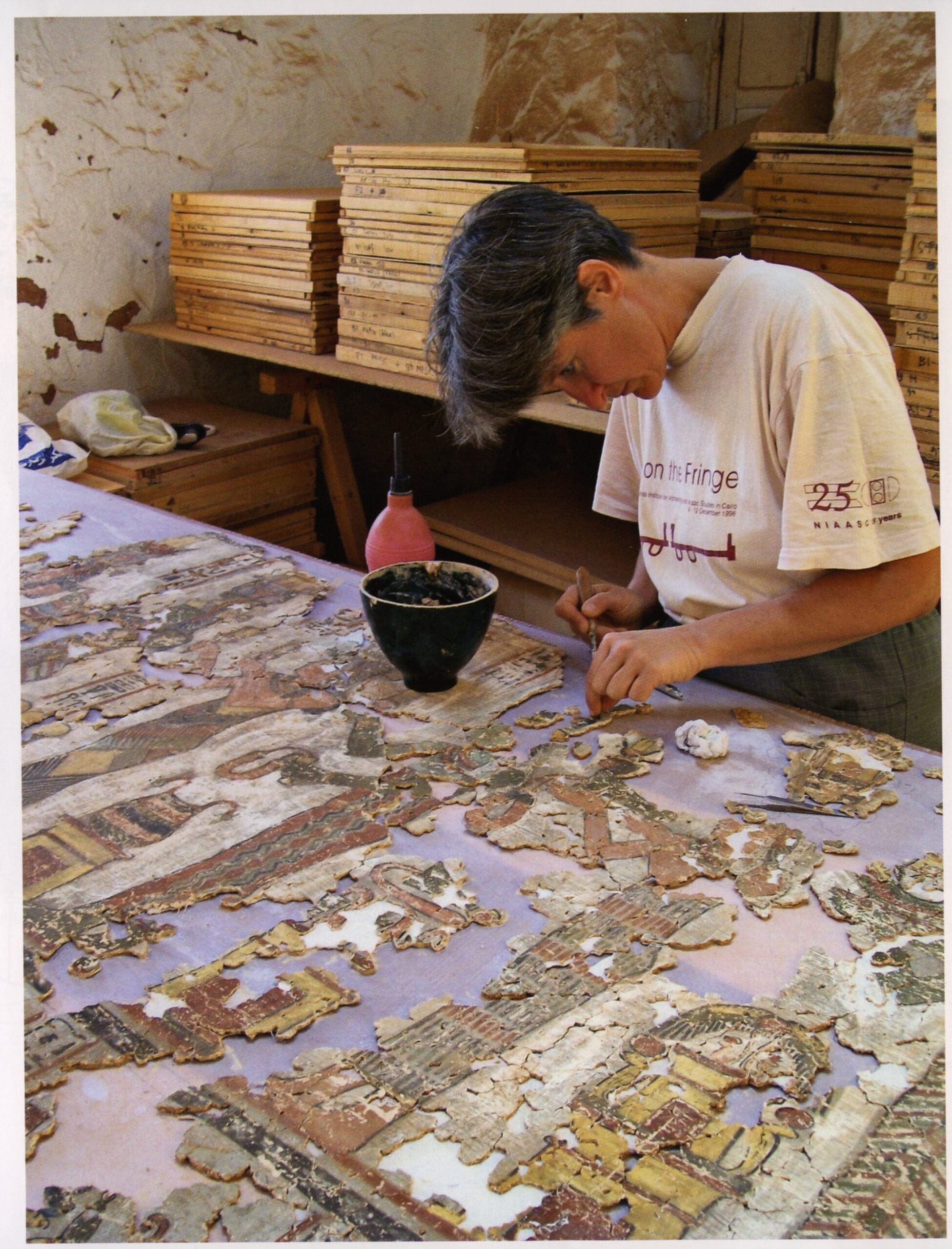

An important aspect of our daily working routine is the conservation of the ancient remains discovered. Conservation is necessary for the preservation of all objects found, which may be damaged or altered as the result of prolonged burial, or subject to changes due to activities on the surface of a site, the actions of malintent persons, of animals, of geological movements, agri culture, additional building, and climate changes. Objects tell us of human activity – intellectual, religious, manufacture, aesthetic, usage – and allow us to make judgements on the role of the object and its owner within and beyond the society and time under consideration.
A further consideration is the post-discovery life of an object. It will be studied, measured, cleaned, photographed, stored, shipped, displayed, and otherwise disposed. An object may be considered an object of great beauty or or value and will require special treatment.
Finally, there is the conservation of a whole monument or a site. It may be that a site is composed of friable materials, such as earth or wood, and should be protected from weather, or is subject to movement or pressure. In all cases, some sort of protection will be necessary. In the case of the ‘Ain Birbiyeh Temple, the Egyptian Antiquities officials on a site visit, decided that the monument ought to be completely reburied after excavation for its protection.
The DOP conservators have been actively conserving sandstone buildings, mud brick buildings, painted wall plasters, ceramics, glass, stone, bronze and iron objects, and a variety of organic objects including leather, paper, papyrus, linen, cotton and wood. A busy program of field conservation by all the various experts.